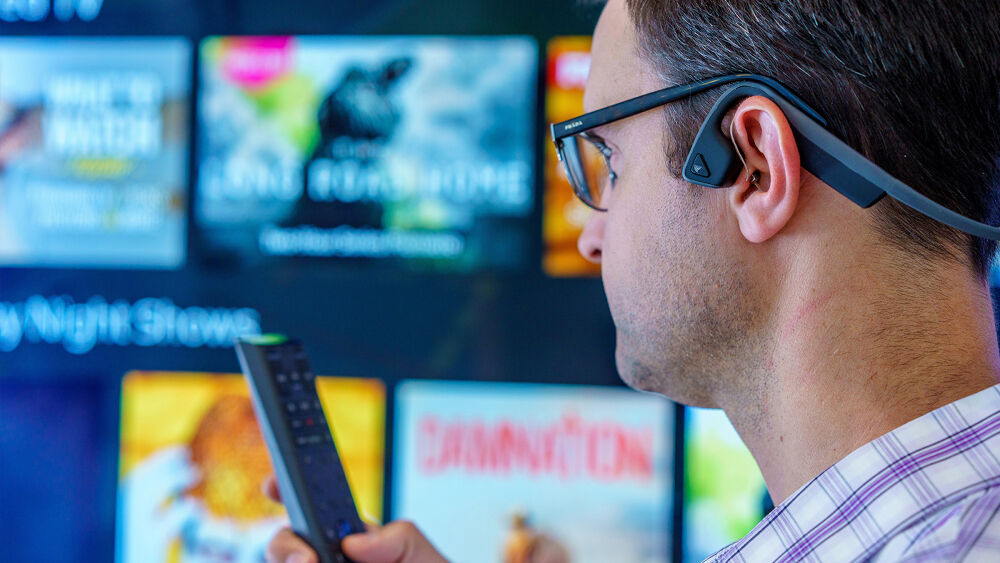Accessibility
X1 Talking Guide is Only the Beginning of Comcast's Accessibility Journey
Back in the fall of 2012, a team of developers got together in Philadelphia and brainstormed a new X1 feature for an upcoming Lab Week centered on the theme of accessibility. They called it "Text to Speech" and, inspired by the notion that there should be more than one way for customers to interact with their TV interface and discover what’s on, the idea set the stage for what would become the industry’s first voice-enabled television user interface.
Around the same time that year, Tom Wlodkowski took the helm as the Vice President of Accessibility for Comcast. In this newly created role, Tom was charged with building the "smart home for everyone" focused on innovative technology that would make Xfinity products and services accessible to the widest possible audience.
Blind since birth, Tom had long imagined a "talking" set top box to better enable the blind or visually-impaired to more easily control their TV watching experience, turn on accessibility settings like the secondary audio program (SAP) and navigate On Demand programming or content saved on their DVR. He put his team to work on creating a prototype of this technology. Upon learning of the Lab Week project underway, he quickly jumped at the chance to combine forces with the team and get his hands on actual working code.
Under his leadership, official development of the feature began. In early 2013, usability tests with blind and visually-impaired consumers helped shape the design and functionality of the feature and showed Tom’s team this could truly be a game-changer. An early version of the talking guide was first demoed at NCTA’s Cable Show in 2013, where industry excitement helped to push development even further. Things kicked into high gear in 2014, when the first product trial was launched to 20 visually-impaired customers in July. Customers had the guide installed in their home and participated in focus groups, giving them the opportunity to live with the feature and impart highly specific feedback on functionality to make the feature as seamless and intuitive as possible. These customers offered invaluable feedback and suggestions from how much content the voice should read aloud, how quickly things should be read, and exactly what order and level of detail they wanted to hear on each program.
Thanks to the invaluable firsthand customer feedback and the long-term dedication of the team at Comcast, we are here today; ready to launch the industry’s first voice-enabled television interface to all of the 5 million X1 boxes in the homes of our customers. We’re excited to bring a product to life that will truly revolutionize the TV experience for so many.
